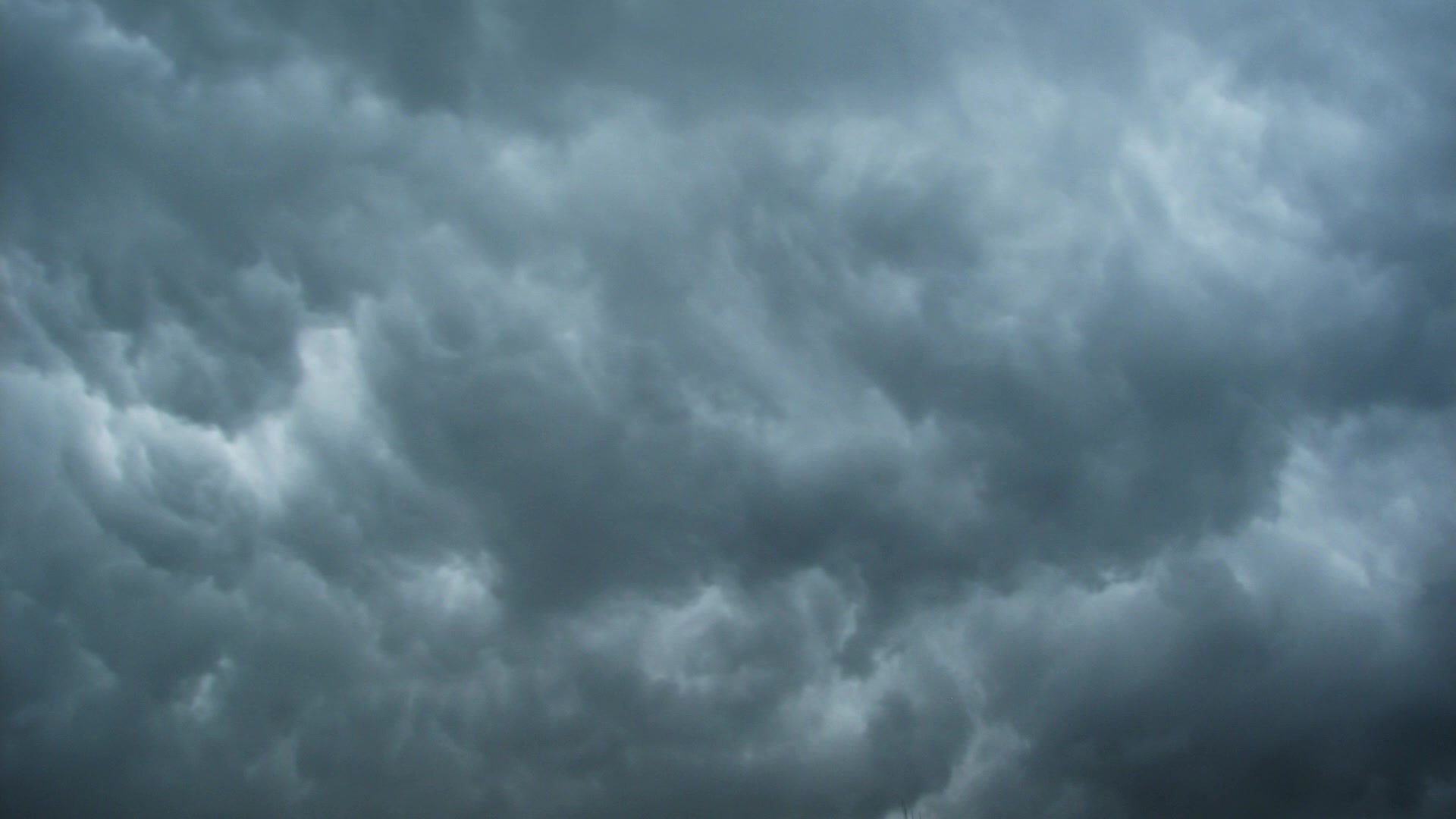Characteristics evident in music of the last 25 years
- Lilliane Kamel
- Jun 1, 2017
- 3 min read
This is a summary I made based on pp. 365-369 of Roger Kamien's (2011) Music: an appreciation (10th Edition). Here are some characteristics to get you started with reference to some musical concepts:
TONE COLOUR
Noise-like and percussive sounds are often used.
Instruments are played at the very top of bottom of their ranges.
Uncommon playing techniques have become normal e.g. glissando (a rapid slide up or down a scale), is more widely used.
Woodwind and brass players are often asked to produce a fluttery sound by rapidly rolling their tongues while they play.
String players frequently strike the strings with the stick of the bow, rather than draw the bow across the strings.
Percussion instruments have become prominent and numerous, reflecting the current interest in unusual rhythms and tone colours.
Instruments that became standard include xylophones, celesta and wood blocks to name a few.
Composers occasionally call for noisemakers - typewriters, sirens, automobile brake drums.
A piano is often used to add a percussive edge to the sound of an orchestra.
Modern composers often draw hard, drum-like sounds from the piano in contrast to the romantics, who wanted the instrument to "sing."
There is less emphasis on blended sound than there was in the romantic period. Even orchestral works often sounded as though they are scored for a group of soloists.
HARMONY (PITCH)
CONSONANCE & DISSONANCE
19th century - composers came to use ever more dissonant chords as they treated dissonances with increasing freedom.
20th century up until very recently - A combination of tones that earlier would have been used to generate instability and expectation might now be treated as a stable chord, a point of arrival.
Consonant chord = stable; functioned as a point of rest / arrival.
Dissonant chord = unstable; its tension demanded onward motion, or resolution to a stable consonant chord.
NEW CHORD STRUCTURES
Some composers create fresh harmonies by placing one traditional chord against another. Such combination of 2 chords heard at the same time is called a polychord.
Use of chordal structures not based on triads e.g. fourth chord, in which tones are a 4th apart instead of a 3rd.
Tone cluster = a chord made up of tones only a half step or whole step apart.
MELODY (PITCH)
Melody is no longer necessarily tied to traditional chords or to major and minor keys.
Melody may be used on a wide variety of scales, or it may freely use all 12 chromatic tones and have no tonal centre.
Melody often contains wide leaps that are difficult to sing.
Rhythmic irregularity and changing meters tend to make current melodies unpredictable.
RHYTHM (DURATION)
Rhythmic vocabulary of music expanded, with increased emphasis on irregularity and unpredictability.
Rhythm = one of the most striking elements used to generate power, drive and excitement.
Rapidly changing meters as opposed to a single meter maintained throughout a movement or section in Baroque, Classical or Romantic music.
Beats are grouped irregularly, and the accented beat comes at unequal time intervals.
Rhythmic repetition of a group of pitches is a unifying technique widely used.
Many modern compositions contain an ostinato (a motive or phrase that is repeated persistently at the same pitch throughout a section).
Ostinato may occur in the melody or in the accompaniment
Ostinatos usually serve to stabilises particular groups of pitches




Comments